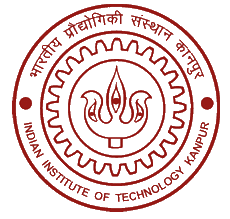
Advanced Topics in Coding Theory
Short Course on
Organized by
Department of Electrical Engineering, IIT Kanpur
and supported by MHRD under GIAN (Global Initiative of Academic Networks)
October 13th - 22nd 2016

Introduction
Error control coding is an indispensable part of any digital communication system. Since Shannon's landmark paper in 1948, coding theorists have been trying to develop practical error correcting codes that can achieve channel capacity. In the last two decades, with the discovery of turbo codes and the re-discovery of capacity approaching low density parity check codes, there has been new excitement in the area of coding theory. Spatially coupled codes and polar codes are two examples of low complexity codes with excellent performance.
Spatially coupled codes have the property that their decoding threshold under low-complexity iterative decoding is essentially equal to the decoding threshold of high-complexity (optimal) maximum-likelihood (ML) of the underlying sparse graph code. While spatially coupled codes, which can be viewed as low density parity check convolutional codes, are typically constructed randomly, polar codes, introduced by Arikan in 2007, have an explicit construction to achieve channel capacity for symmetric binary-input discrete memoryless channels.
Target Audience
- Practicing communications engineers.
- Graduate students pursuing research in coding theory and communications.
- Teachers of engineering colleges.
The course flyer can be downloaded from
here [PDF]
If you're interested in sponsoring this short course please visit the sponsors section.
